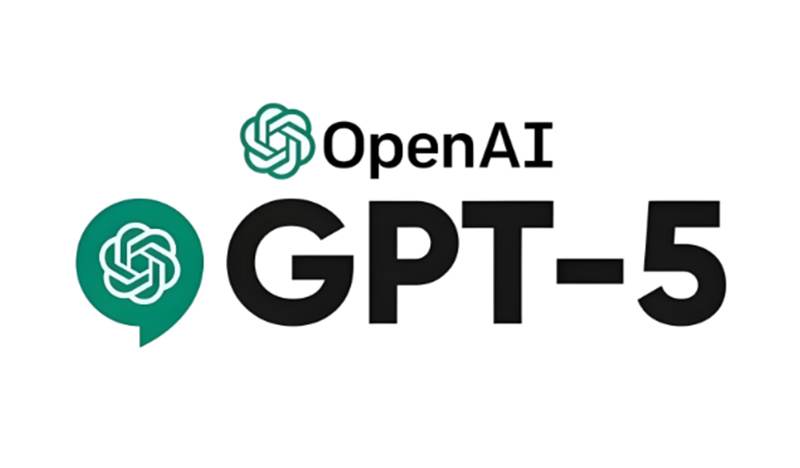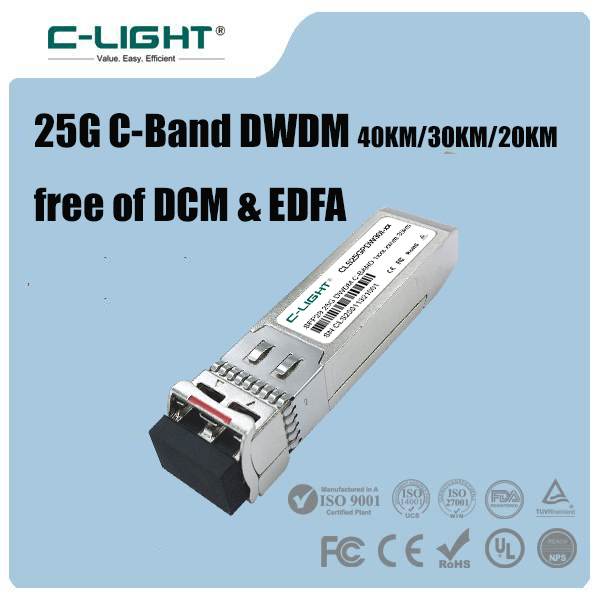On September 6, the 24th China International Optoelectronic Expo (CIOE) was held in Shenzhen International Convention and Exhibition Center, and the head enterprises from more than 30 countries around the world gathered at the venue with a number of high-tech products, academicians and experts in the field of optoelectronics, leaders, scholars, upstream and downstream enterprises met in the field of optoelectronics. As the R & D manufacturer of optoelectronic devices and modules, C-light unveiled booth 11E18 with the concept of light transmission world gathering competence, and with its hard technology and heavy new products, attracted many batches of delegates to stop and pay attention to the exhibition area for technical exchanges and business negotiations. The scene was very popular.
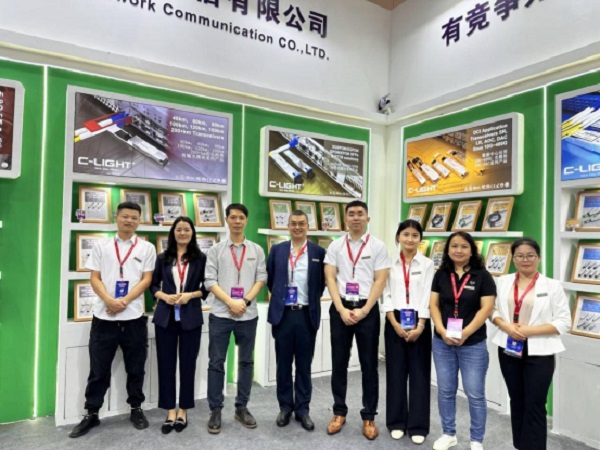
In this exhibition, C-light focused on data center, wireless, FTTx, transmission modules, bandwidth transmission, passive devices for coherent transmission, DWDM solutions and PON and other eight solutions; The 100G optical module, 200+km long-distance optical module, industrial grade optical power 100G ZR+ optical module, and the CWDM transceivers, OLT optical modules, tunable laser integrated transceivers, and highly integrated optical modules for smart grid, telecommunications operations, geological disaster monitoring and other fields were demonstrated on site.
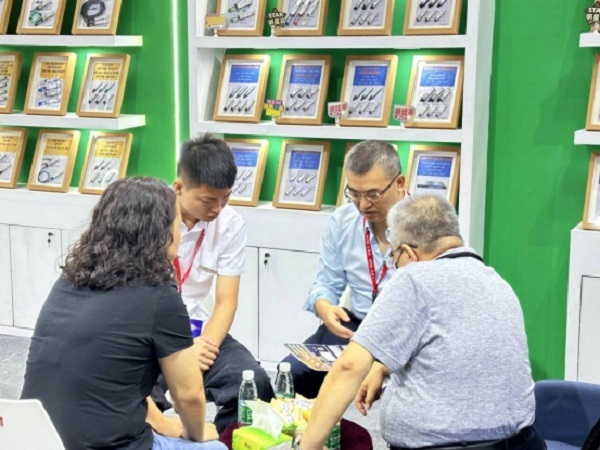
With data center construction as a key part of the computing industry, C-light’s dynamic demonstration of 100G industrial optical module 100km transmission capability has attracted much attention.
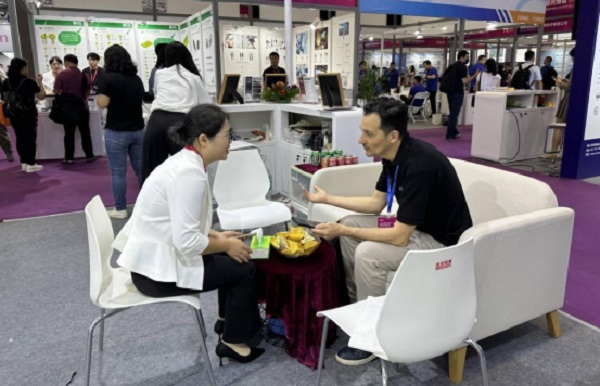
Some people say that the 20th century is the century of electricity, and the 21st century is the century of light. Knowing photoelectrolysis, no matter how small the individual can be empowered.
"A networker who has never encountered various pits of optical modules /DAC/AOC is definitely not a real networker." No one will object. Even the most demanding party can not completely eliminate the various problems caused by optical modules /DAC/AOC. So that many Party A friends, when purchasing these network accessories, would rather that quality and price are balanced, because that even if they use ones from original factory, problems are inevitable. And the issues people solved in optical industry are various, and the more common ones are: the port is not UP; The link is interrupted intermittently. A large number of CRC error packets; Packet loss; And the optical module burned off; The optical module runs down; Or running started to lose the bag, etc, etc., there are many, many more ……
The transmitter and receiver together is the optical transceiver, the most important is the laser, in addition to the detector and amplifier, and the IC Design is the MCU control chip, which runs the driver. Laser is the most core material in the optical module, but also the highest cost, the highest technical content. Generally speaking, the more high-end optical module products, the higher the proportion of lasers in the cost structure. In addition, there are filters, gold fingers, PCB circuit boards, capacitors, resistors and inductors, EEPROM, structural parts and hidden in them, solder, glue and so on.
Supposedly, the standard of optical modules is very uniform, so there should be no difference between module manufacturers in theory. But in fact, the reality is that the compatibility problems between different modules and different devices are strange, and even the modules of the same model from the same manufacturer will be different on the same equipment. There are many reasons, but if it is simply summarized, it is the difference between the quality of the project and the quality of the supply.
PCB quality; Quality of selected capacitance resistance; The length and breadth of a golden finger; The quality of the solder; Even the quality of glue affects the quality of the product, such as voltage and current shake; In optical industry, problems arise when the temperature rises. Differences in coupling processes, such as COB coupling methods; SMD coupling method, the choice of each manufacturer is different, and even the choice of different products of the same manufacturer is different, they will lead to differences in cost, heat dissipation, and high temperature resistance. Differences in production test equipment, the number of equipment, variety, degree of automation, switch/server network card and other third-party equipment abundance, these will lead to differences in yield and compatibility. Differences in R&D capabilities and quality control capabilities of different manufacturers.
Therefore, although the core chip of the optical module may be very mature, the difference between the optical modules of different manufacturers is still relatively large. When you buy an optical module from high-quality manufacturer, it is easy to have much fewer strange optical module problems listed above.
In addition, with the rapid changes in market demand, optical module technology research and development also need to continue to follow up. For example, the current market for high-speed optical module heat dissipation requirements are getting higher and higher, and the size is getting smaller and smaller, which puts higher requirements on the technology of optical modules.
In short, optical module as an indispensable part of optical communication system, its technical threshold is some. In the future, with the continuous evolution of market demand and the continuous advancement of technology, the technical threshold of optical modules will also continue to increase.
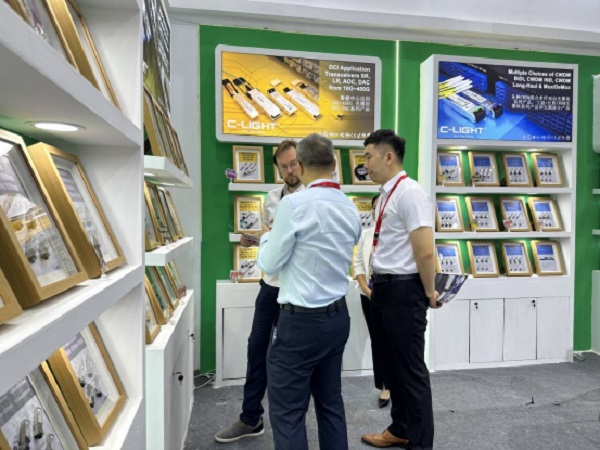
As a leading enterprise in the field of optical communication for more than 10 years, the CIOE debut has won widespread attention, once again reflecting the strong industry influence and technology leading ability of C-light Network Communication. Facing the future, C-light will continue to be oriented by customer needs, continue to be committed to innovation and development, constantly strengthen the comprehensive competitiveness, and join hands with the majority of partners to gather together and work together to contribute to the sustainable and healthy development of the optical communication industry and benefit the people's livelihood
 TEL:+86 158 1857 3751
TEL:+86 158 1857 3751 



















































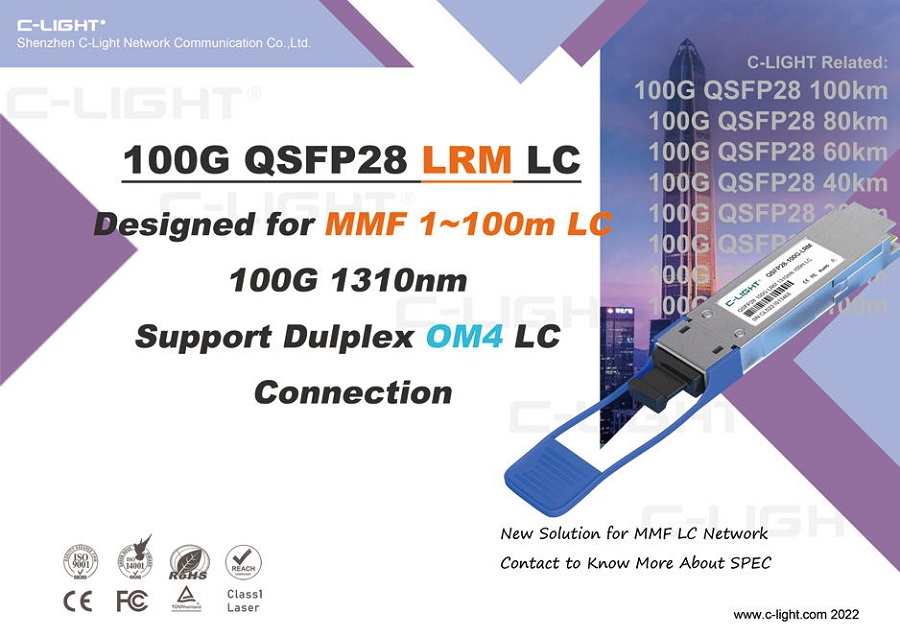

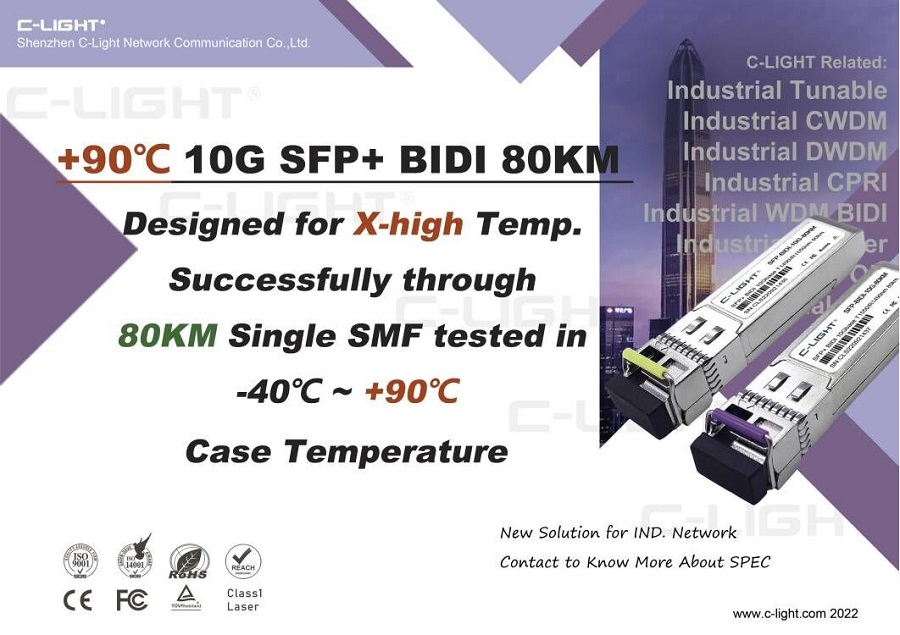

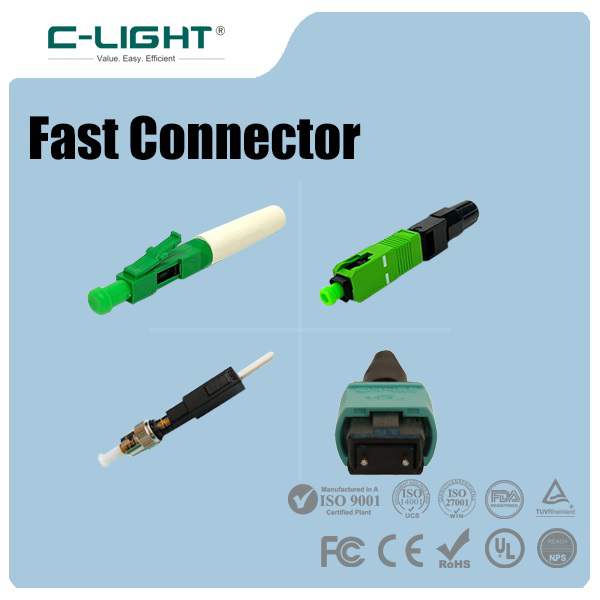 >
>
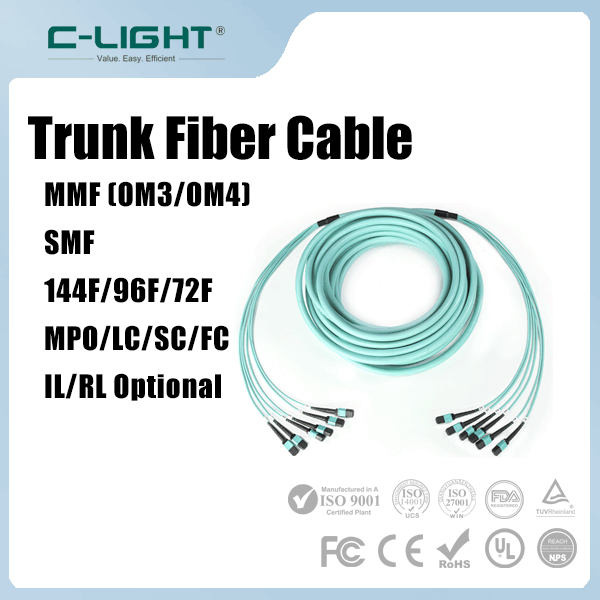 >
>
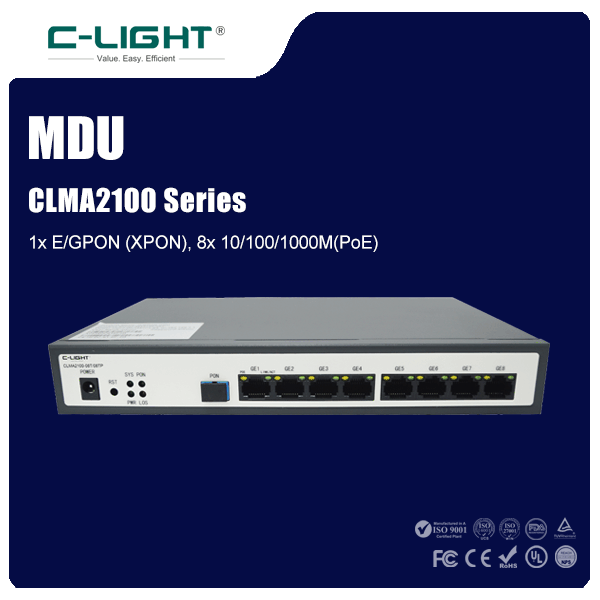 >
>
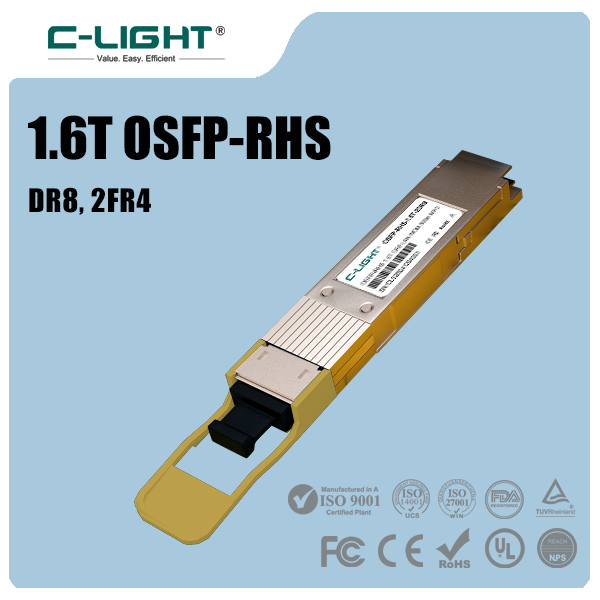 >
>
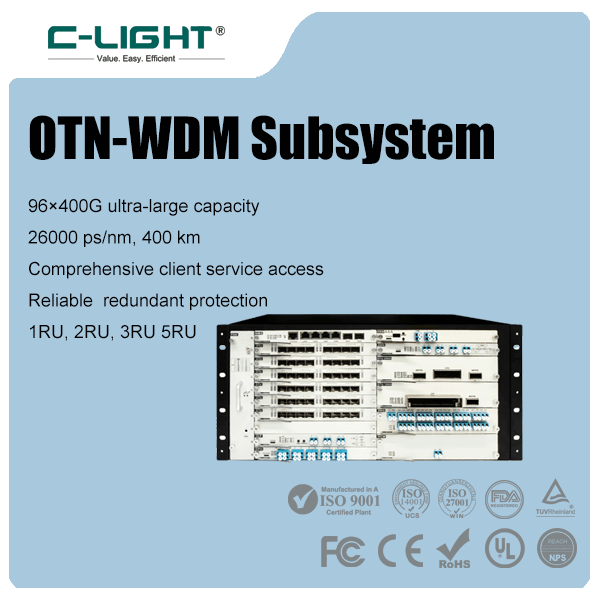 >
>
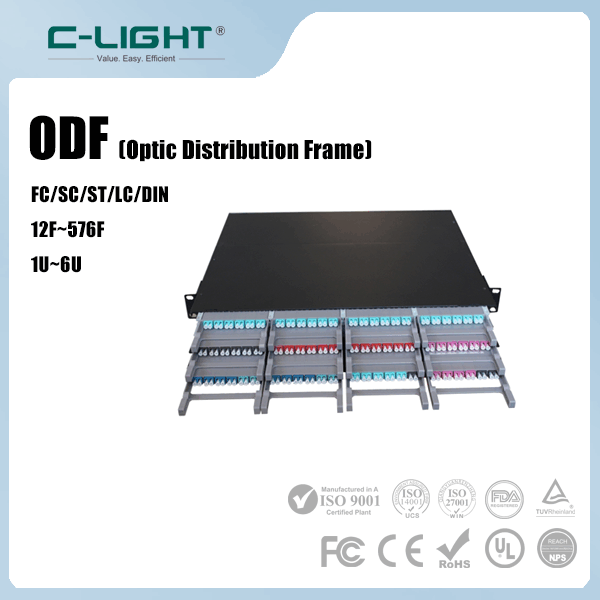 >
>
